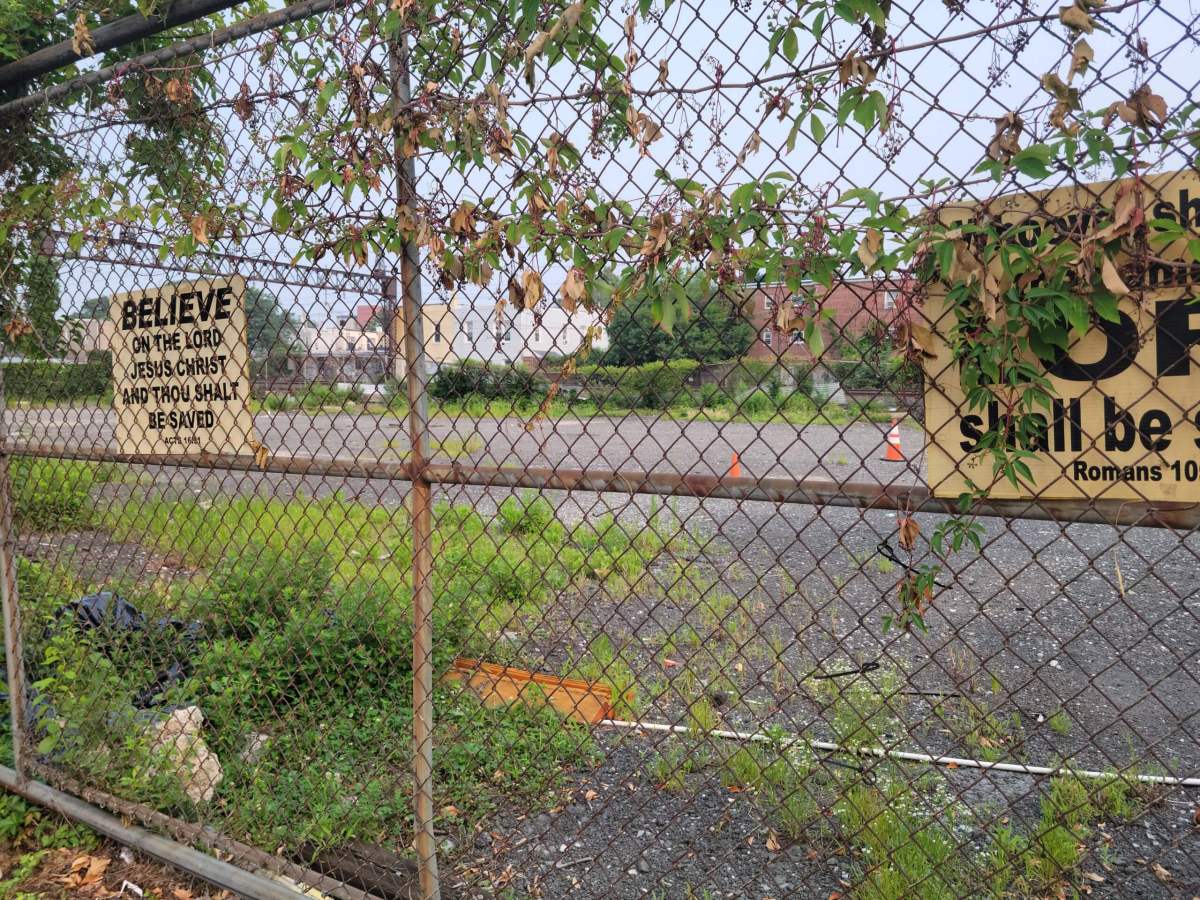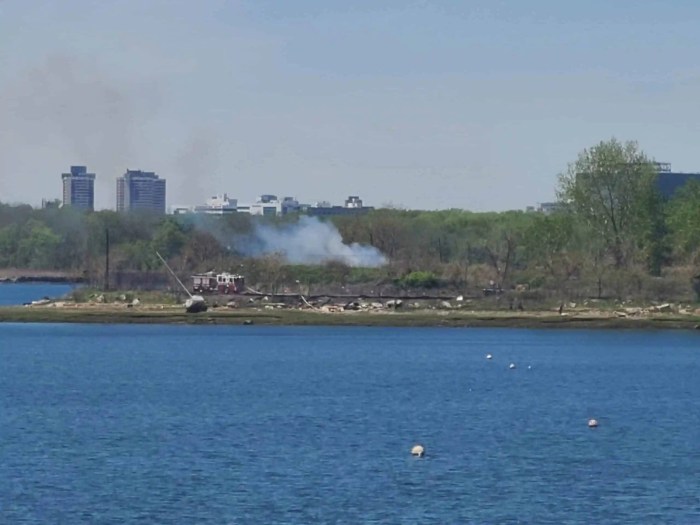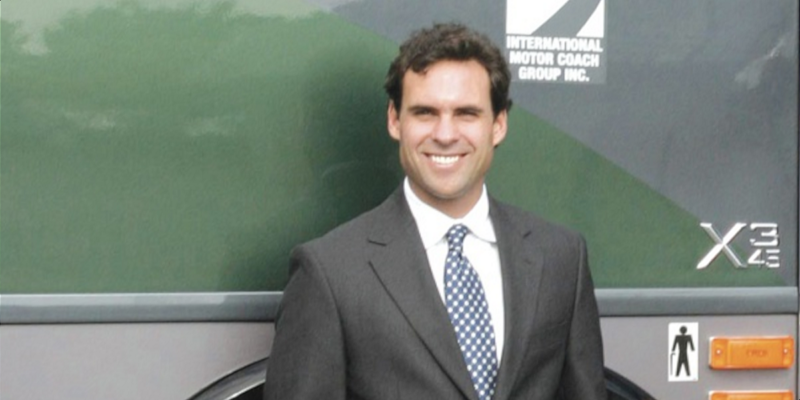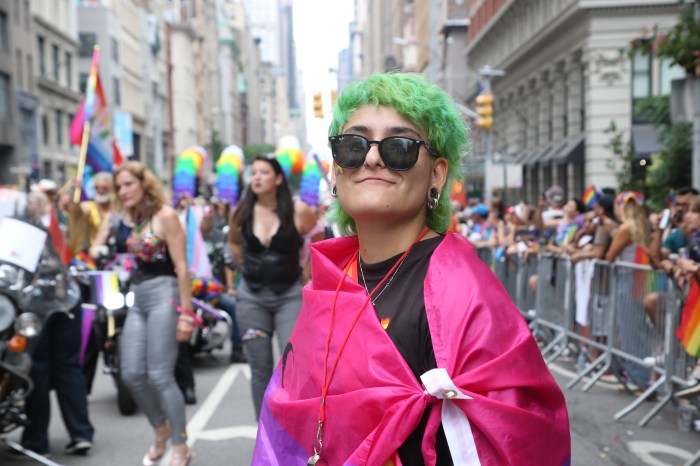To the Editor,
The following is open letter to Councilmember Marjorie Velázquez that was also sent to the Bronx Times for publication.
Dear Councilwoman Velázquez,
As you know, for many years we have been working to improve the residential and business (along with the Westchester BID) environment, and in so doing have learned a lot about the siting of various city and state social service facilities, of which Westchester Square has always shouldered much more than its share of the burden.
Overburdening of the community
The siting of duplicate 200-bed SROs for homeless single men within short walking distance on either side of the Square, both city facilities serving the exact same population, we feel is oversaturation and does not comply with the Fair Share criteria:
“Minimal concentration of residential facilities in surrounding neighborhood*.”
From: FAIR SHARE, An Assessment of New York City’s Facility Siting Process
A Report to the Mayor and The City Planning Commission 1995.
We strongly feel the siting of these two 200-bed shelters so close together in one community — Westchester Square is one community although trisected by three community board boundary lines; although the two shelters are technically situated in CB11, closely abutting CB9 and 10, this fact should not be used to obfuscate the real issue of community impact — meets the oversaturation test and is clearly not consistent with the Fair Share Criteria.
Westchester Square has enough of a burden for a 2-mile area. The first shelter on Blondell Avenue will have enough of an effect on Westchester Square. Placing another one almost next to this one on Poplar Street, which is a residential area, is unconscionable.
Individual site issues
Blondell Avenue: extreme contamination
And now further to the individual sites themselves: the Blondell site would cost the taxpayers $350 million to build on because it is a brownfield contamination site. The environmental report had this to say about the contamination at the site:
- The site is completely fenced, however, persons who enter the site could come in contact with contaminants in the soil by walking on the site, digging or otherwise disturbing the soil. People are not drinking the contaminated groundwater because the area is served by a public water supply that is not affected by this contamination. Volatile organic compounds in the groundwater may move into the soil vapor (air spaces within the soil), which in turn may move into overlying buildings and affect the indoor air quality. This process, which is similar to the movement of radon gas from the subsurface into the indoor air of buildings, is referred to as soil vapor intrusion. The potential exists for people to inhale site contaminants due to soil vapor intrusion in any future redevelopment and occupancy.”
Although this preliminary assessment was done for the proposed adjacent Blondell Commons affordable housing site, the conditions are the same next door at the proposed shelter site, actually possibly even worse given the site’s history. As you put it at the meeting: No one should be building or living on these highly contaminated sites.
Poplar Street: very close to an elementary school
This is the second site proposed for this 200-bed shelter for single men, the first proposal was slated for Stillwell Avenue. That site was changed because of the direct request of the leadership of CB11 and then Councilman Mark Gjonaj, for reasons having more to do with real estate issues than proper location siting, although they sited proximity to schools and homes as the reason for the switch to another site. The letter described the Poplar site as “ideal.” This only proves that no one checked out the site, as it is just several yards from the Bronx Easterseals Developmental School for elementary school-aged children — literally across the street. The juxtaposition of these populations is of great concern, as these types of shelters can house men who have serious issues, such as Level 1 sex offender status, mental health, alcohol and drug abuse issues. As mentioned at our meeting, a family shelter would be the only appropriate type of shelter for such a sensitive setting, and that is what the residents would consider.





















